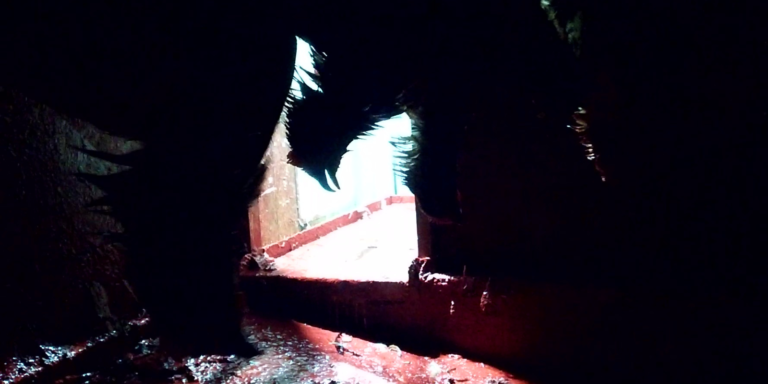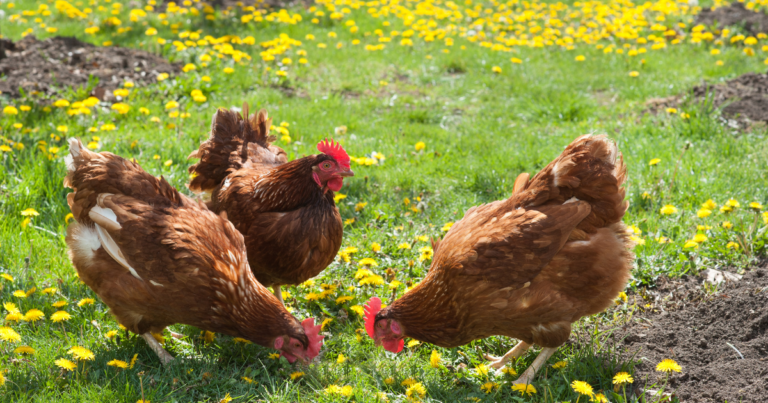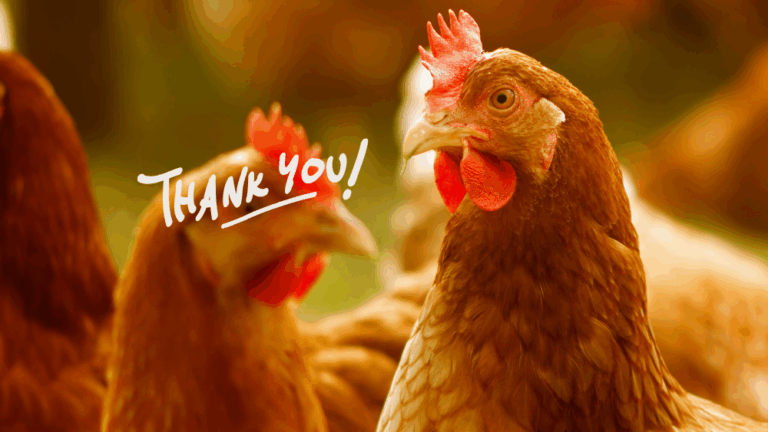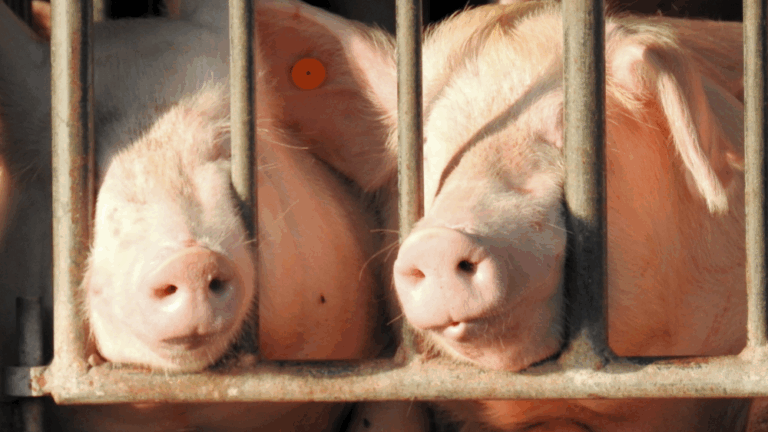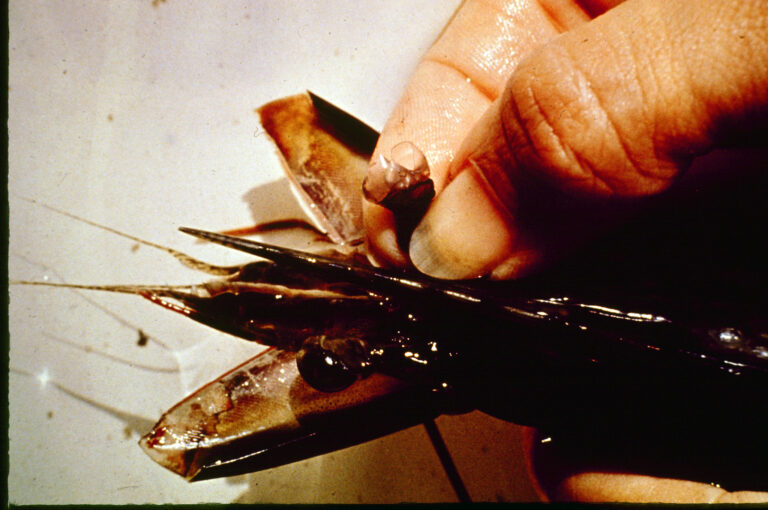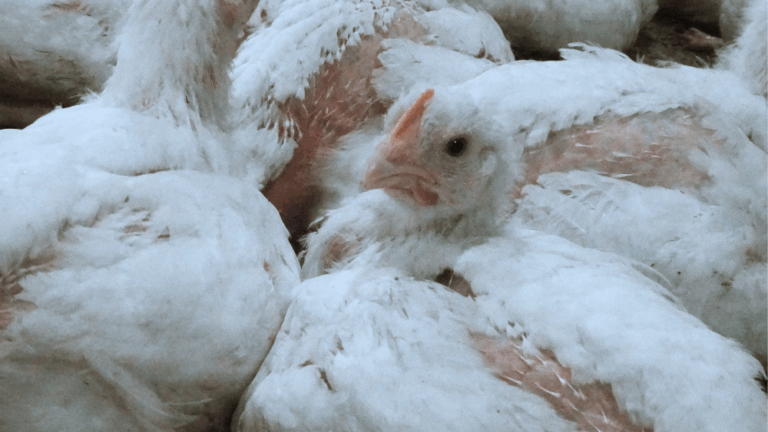558,181 chickens were boiled alive in 2021, revealed by the Ministry of Health, Labor, and Welfare (MHLW) data. The number had continuously increased and hit the worst in 2021, which indicates there had been no efforts to minimize such errors at the slaughterhouses.
There are two types of facilities when we talk about slaughterhouses for chickens. One is to slaughter chickens for meat, and the other is to cull laying hens. In 2021, the number increased in the facility to kill chickens for meat while we saw slight improvements in the facility for hens. The impact is huge for the former facility since over 700 million birds are killed for food annually.
The error usually happens when chickens’ necks aren’t completely slit. When they are not drained of blood by the time they are moved to the next step, their skin turns red as they are boiled in a scalding tank. You can see these corpses thrown away in the following video footage:
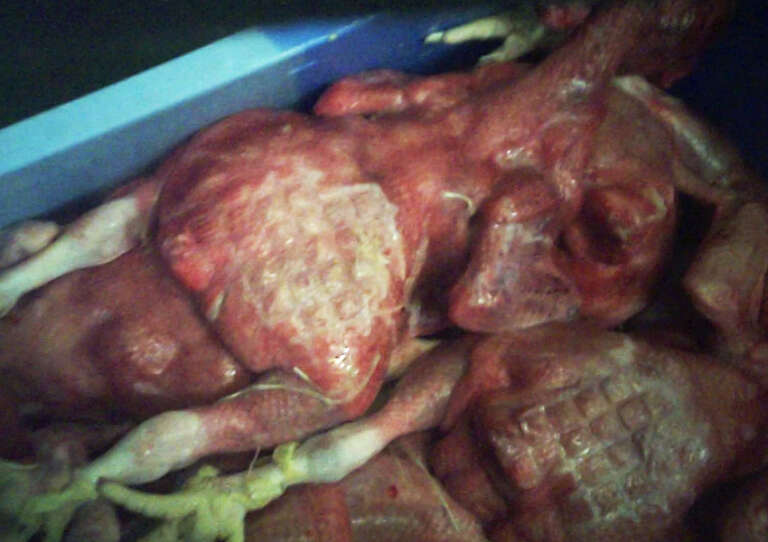
What happens to chickens at Slaughterhouses
The number of chickens for meat has been increasing every year. Consequently, the number of chickens boiled alive increased fifteen fold.
To put this into context, 381,216 chickens were killed in a scalding tank while being alive. 745,177,638 chickens were killed in total in 2021, so it’s 0.051% of total but this sort of tragic death should have been truly zero.
Let’s take a look at some prefectures where there is a higher rate of errors, namely, those in which where chickens’ throats were inadequately slit prior to boiling:
- Osaka – 0.1654%. There is only one slaughterhouse for broiler chickens, Toripin. They score the worst of all in Japan.
- Kochi – 0.1519%. This is the record from Kochi Chicken Japanese Agricultural Cooperatives.
- Fukuoka – 0.1502%. There are two slaughterhouses for broiler chickens, Arai and Fukuei Union.
- Fukushima – 0.1296%. This is from the records from Date Bussan and Fukushima A and A Broiler.
- Gifu – 0.1247%. These are the records from Gifu Agri Foods, Tono Meat Center, and Kochin Miraizu.
- Miyazaki – 0.1151%. The records came from Ebisu Shoji main plant, Ebisu Shoji Miyakonojo Plant, Ebisu Shoji Takasaki Plant, Koyushokucho Plant, Miyazaki Kumiai Chicken Foods Kawaminami Plant, Ebisu Broiler Center, Miyazaki Sun Foods, Nippon White Farm (Nippon ham). There are 9 large slaughterhouses in this prefecture.
- Yamaguchi – 0.1134%. The records are from Fukawa Youkei and Yamaguchi Chokucho Center.
We should note that Osaka prefecture recorded 0.2003% in 2020 so their accuracy rate has been quite low. The other prefectures have presented similar records over the years so this is showing how lightly they take chickens’ lives.
On the other hand, Kagawa, Saga, Ehime, Niigata, Ibaragi, Iwate, and Gunma showed good records compared to the other prefectures in Japan.
Let’s take a look at the number of birds they failed to slaughter properly. These numbers evidently indicate how many chickens suffered during the process.
- Miyazaki – 166,526 chickens: Ebisu Shoji, Koyushokucho main Plant, Koyushokucho Miyakonojo Plant, Koyushokucho Takasaki Plant, Miyazaki Kumiai Chicken Foods Miyakonojo Plant, Miyazaki Kumiai Chicken Foods Kawaminami Plant, Ebisu Broiler Center, Miyazaki Sun Foods, Nippon White Farm (Nippon Ham)
- Aomori – 39,780 chickens: Nippon White Farm (Nippon Ham), Tohoku Shokuhin, Abehanko shoten Takko Plant, Abehanko shoten Gonohe Plant, Pri Foods Hosoya Plant
- Kagoshima – 45,823 chickens: Japan Farm (KFC) Oosaki Plant, Japan Farm (KFC) Tarumizu Plant, Axys Kawakami Plant, Axys Satsuma Plant, Axys Miyanojo Plant, Ebisu, Kagoshima Kumiai Chicken Foods Ookuma shokuhin Plant, Wellfam Foods Kirishima office, Akatori Nogyo Kyodo Kumiai Eigyobu
- Iwate – 14,651 chickens: Jumonji Chicken Kuji Plant, PJ Ninohe Foods, Iwate Nokyo Chicken Foods Hachimantai Plant, Amatake Ofunato Plant, Fumita Foods, Abehanko shoten Kunohe Plant, Oyama Fujisawa Plant, Fresh Chicken Karumai, Pri Foods Karumai Plant, Japan Farm Morioka Plant
- Tottori – 13,124 chickens: Yonekyu Oishii Tori, Daisandori, Nawashokukei
- Hyogo – 11,857 chickens: JA Minori Kako Center, Tanba Fresh Chicken, Tajimadori, Awaji Foods
- Tokushima – 9,404 chickens: Ishii Shokukei Center, Awadori, Maruho Shokuhin Tokuhima Plant, Sadamitsu Shokuryo Shokuhin Plant, Ondan Poultry Packaging Distribution
- Hokkaido – 8,684 chickens: Nippon White Farm Shiretoko Plant, Nippon White Farm Sapporo Shokuhin Plant, Pri Foods Hokkaido Date Plant, Nakasatsuynai Wakadori
- Yamaguchi – 8,138 chickens: Fukagawa Youkei JA, Yamaguchi Shokucho Center
- Chiba – 7,357 chickens: Japan Farm Chiba Plant, Tsukuba Dori Maruto Poultry Shokuhin Kanto Branch
This shows 30% of accidents where chickens were boiled alive took place in Miyazaki. They recorded 45,000 more chickens were killed this way compared to the previous year.
Naturally, the number should decrease as we’re more aware of animal welfare, and yet, the record shows the situation is getting worse. It indicates the industry lacks such an awareness when everyone else in the world is trying our best to minimize animal abuse such as this.
High Error Rate for Hens
Typically, egg laying hens get slaughtered in 400 to 650 days after they start producing eggs. They are killed in a more brutal way as statistics show higher error rate for these hens being boiled alive than chickens for meat. On average, these incidents occur at the rate of 0.212%, which is 4 times more than the broiler chickens.
The year 2021 showed progress from the previous year; it was 0.212% in 2021 as opposed to 0.26% in 2020. However, let’s not forget it was 0.128% in 2011, so the rate was getting worse and worse so 2021 was just a year when the regression stopped.
- Hokkaido – 0.632%: These are the records from Douou Yokei Slaughterhouse, Asahikawa Meat Fukagawa Plant.
- Okinawa – 0.457%: This was from Okinawa Chicken Egg Edible Bird Circulation Center. The record got worse than the previous year.
- Tokushima – 0.355%: Company names unknown.
- Kagoshima – 0.324% Niko Shokucho Matsumoto Plant, Enu Chicken Marui Shokuhin Noda Dai 2 Plant
- Gunma – 0.313%: Gunma Shokukei Cooperatives, Yamasho Foods Gunma Plant
- Niigata – 0.325%: Niigata Poultry Cooperatives
- Shizuoka – 0.289%: Shizuoka Seikei Cooperatives
- Hyogo – 0.267%: Innami Yokei JA Shokucho Center, Arinobe Yachiyo Plant
Hokkaido’s records show an incredibly low accuracy rate of correctly slaughtering chickens. They boiled chickens alive at the rate of 1.2188% in 2020 and 1.972% in 2021. Namely, there was malfunction of the operation at these slaughterhouses as the error happened once every 100 chickens. Terrestrial Animal Health Code by the OIE (The World Organisation for Animal Health) stipulates the following;“After incision of the blood vessels, no scalding carcass treatment or dressing procedures should be performed on the animals for at least 30 seconds, or in any case until all brain-stem reflexes have ceased”and“Every effort shall be made to ensure that no conscious or live birds enter the scalding tank.” It also stipulates that it must be possible for staff to observe, inspect and access the animals throughout the bleeding period and any animal showing signs of recovering consciousness should be re-stunned. Hokkaido’s records indicate such efforts weren’t made as the errors happened so often.
The third worst prefecture, Tokushima only has small slaughterhouses so details are a bit unclear. That said, there are usually not as many errors as large slaughterhouses and yet Tokushima shows a lower accuracy rate despite this.
Let’s also take a look at the number of chickens boiled alive:
- Kagoshima – 40,967 chickens: Niko Shokucho Matsumoto Plant, Enu Chicken Marui Shokuhin Noda Dai 2 Plant
- Gunma – 22,425 chickens: Gunma Shokukei Cooperative, Yamasho Foods Gunma Plant
- Hokkaido – 18,858 chickens: Douou Yokei Slaughterhouse, Asahikawa Meat Fukagawa Plant
- Ibaragi – 18,844 chickens: Sanwa Shokukei, Takai Sangyo, Takai Chokucho
- Aichi – 18,840 chickens: Chirai Foods, Marubun Makino Shoten
- Hyogo – 12,628 chickens: Innami Yokei JA Shokucho Center, Arinobe Yachiyo Plant
- Shizuoka – 8,359 chickens: Shizuoka Seikei Cooperative
- Fukuoka – 7,197 chickens: Yamasho Foods, Torian Foods
- Aomori – 6,529 chickens: Yamasho Foods Aomori Plant, Ishizawa Sangyo
Gifu and Ibaragi prefectures have been showing the decreased number of chickens boiled alive. Ibragi made it possible through education such as raising awareness. That being said, this is far from global trends. Now, we’re shifting a method to stun birds first before slitting their necks while they’re unconscious.
Why the number of errors is so high
A lack of awareness
In order to improve the operation at slaughterhouses, it is crucial for the employer’s mindset to change. The treatment of animals is only bad because the employer doesn’t know the importance of animals’ lives so employees will not be educated to treat them well. The education will merely cost much and can be implemented immediately since changing mindset is not anything like installing new machines or equipment and yet it’s challenging since the employers don’t understand the importance, neither do the Japanese government, including ministries and local governments.
No Stunning practice in place
Terrestrial Animal Health Code by the OIE is written with assumptions that birds get stunned first. However, most Japanese slaughterhouses don’t have such practices. The errors would be minimized as there’s a significant difference between slitting necks of unconscious chickens and conscious ones. The same can be said during the process to confirm if a chicken is bled out or not. It’s much easier to check if a bird is not moving.
Not using gas stunning
Even if they knock chickens out first, they just use an electrical waterbath. This is not perfect as some chickens may raise their heads when they’re placed in the water, in which birds ultimately get slaughtered while being conscious. Globally, many are transitioning into utilizing gas stunning to put chickens into sleep first for this reason.
Translated By: Seika. K


